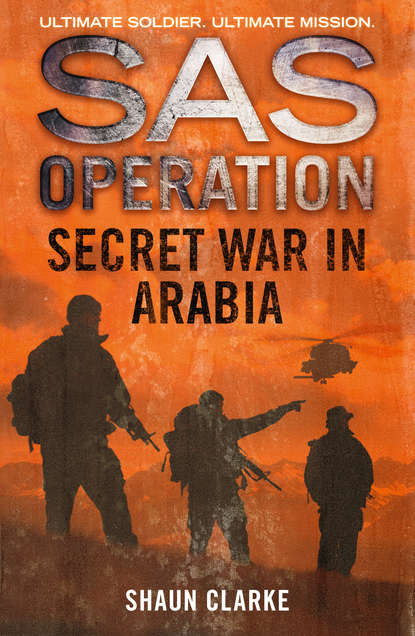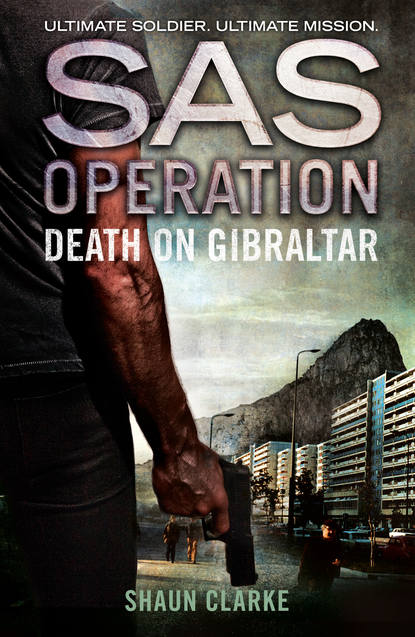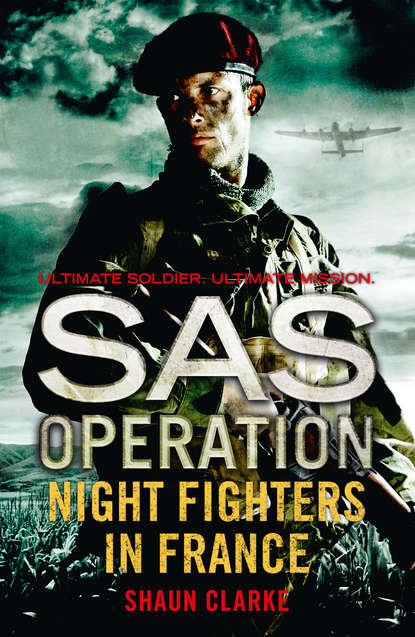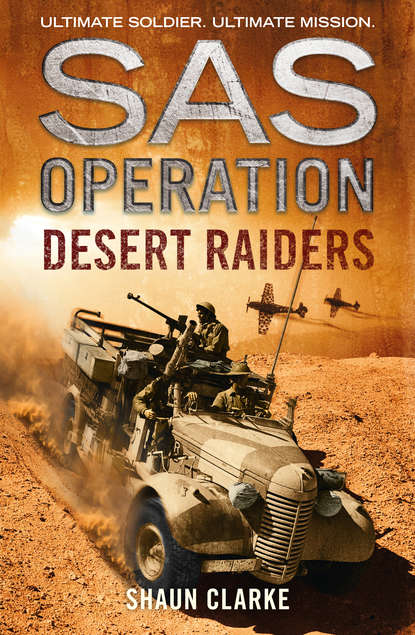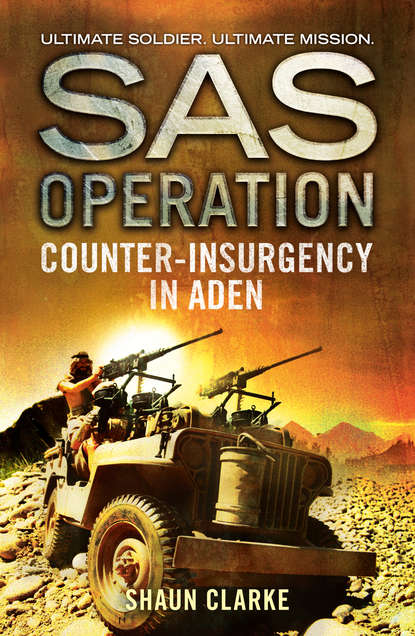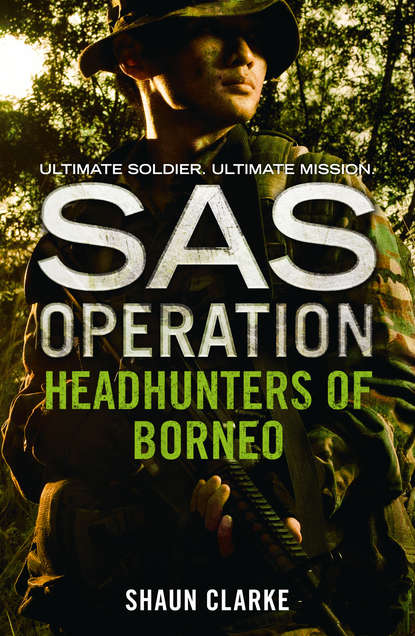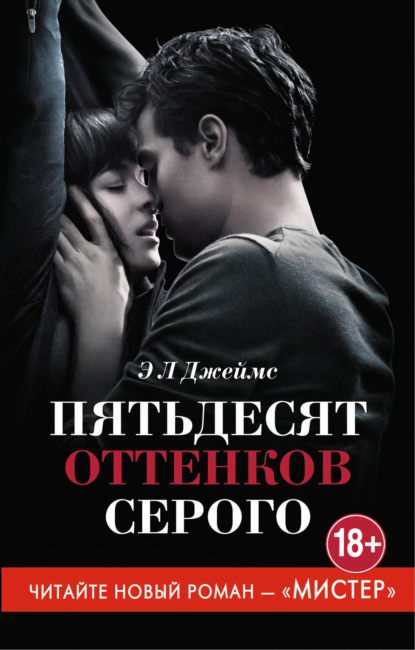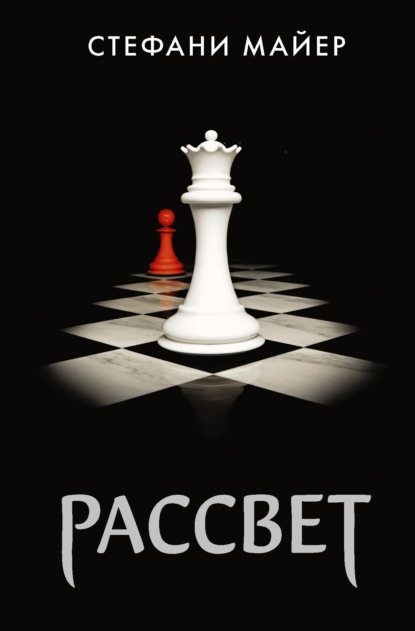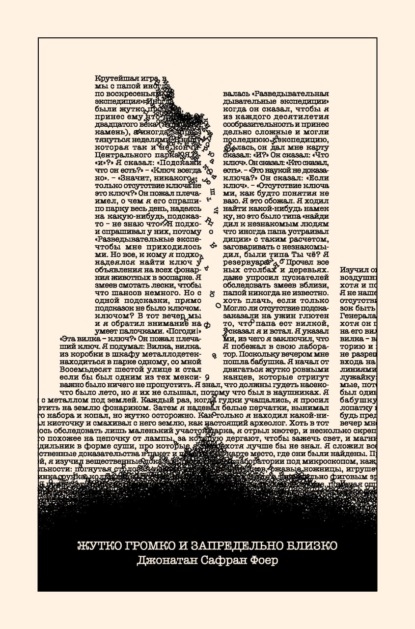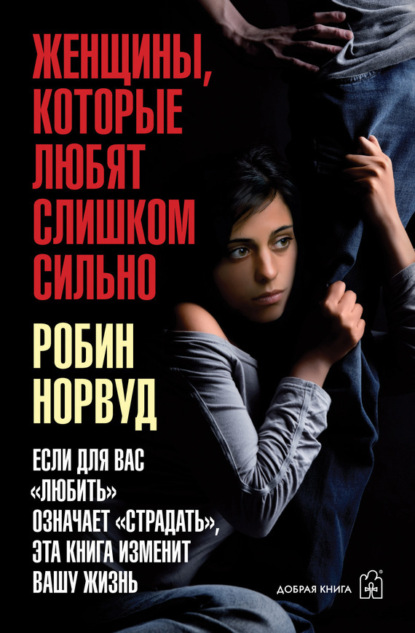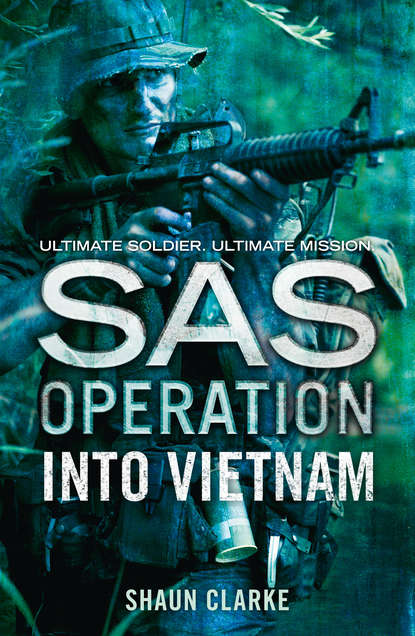
Текст
отзывы: 0 | рейтинг: 0
Полная версия
Полная версия
Into Vietnam
Shaun Clarke
Ultimate soldier. Ultimate mission. But will the SAS survive a nightmare journey into the tunnel lair of the Viet Cong?June 1966: 3 Squadron SAS (Australian Special Air Service) set up a Forward Operating Base in Vietnam’s Phuoc Tuy province, a swampy hell of jungle and paddy-fields forty-five miles east of Saigon in the heart of enemy territory. The Viet Cong have bases throughout the jungle, and the Australians soon find themselves under constant attack.Enter three members of the legendary 22 SAS, to assist in a major assault against the Viet Cong: Sergeant Jimmy ‘Jimbo’ Ashman, founding member of the Regiment; Sergeant Richard ‘Dead-eye Dick’ Parker, veteran of previous SAS operations in Malaya, Borneo and Aden; and Lieutenant-Colonel Patrick ‘Paddy’ Callaghan, pulled out of administration specially for this secret mission.Working under appalling conditions, Brits and Aussies must try to forge themselves into a potent fighting machine, as they have been tasked with the fearsome job of rooting the Viet Cong out of their labyrinthine tunnel system. It will be a journey into hell, and some will never return.
Into Vietnam
SHAUN CLARKE
Published by HarperCollinsPublishers Ltd
1 London Bridge Street
London SE1 9GF
www.harpercollins.co.uk (http://www.harpercollins.co.uk)
First published in Great Britain by 22 Books/Bloomsbury Publishing plc 1995
Copyright © Bloomsbury Publishing plc 1995
Cover layout design © HarperCollinsPublishers 2016
Cover photographs © MILpictures/Tom Weber/Getty Images (soldier); Shutterstock.com (textures)
Shaun Clarke asserts the moral right to be identified as the author of this work.
A catalogue copy of this book is available from the British Library.
This novel is entirely a work of fiction. The names, characters and incidents portrayed in it are the work of the author’s imagination. Any resemblance to actual persons, living or dead, events or localities is entirely coincidental.
All rights reserved under International and Pan-American Copyright Conventions. By payment of the required fees, you have been granted the non-exclusive, non-transferable right to access and read the text of this e-book on screen. No part of this text may be reproduced, transmitted, down-loaded, decompiled, reverse engineered, or stored in or introduced into any information storage and retrieval system, in any form or by any means, whether electronic or mechanical, now known or hereinafter invented, without the express written permission of HarperCollins.
Source ISBN: 9780008155421
Ebook Edition © December 2015 ISBN: 9780008155438
Version: 2015-11-02
Contents
Cover (#ud8f23448-1cd9-5f8d-81e2-aacf57cf032a)
Title Page (#u38196660-fb26-589a-80e0-f8b6eca32ec5)
Copyright (#u79282fa2-0f65-5e2d-adf9-3ffcf1b377b3)
Prelude (#u29926aea-fb78-5f91-9c9c-5576c0b805e2)
Chapter 1 (#u09b8c1f8-1392-595f-a1a4-128115d9b25d)
Chapter 2 (#ua6f32adf-86dc-5895-8967-6634946001c2)
Chapter 3 (#u0907df35-d7fa-53ef-9d41-4083be86c423)
Chapter 4 (#u367bb942-f3fa-5aff-859c-7e49daf0466a)
Chapter 5 (#litres_trial_promo)
Chapter 6 (#litres_trial_promo)
Chapter 7 (#litres_trial_promo)
Chapter 8 (#litres_trial_promo)
Chapter 9 (#litres_trial_promo)
Chapter 10 (#litres_trial_promo)
Chapter 11 (#litres_trial_promo)
Chapter 12 (#litres_trial_promo)
Chapter 13 (#litres_trial_promo)
Chapter 14 (#litres_trial_promo)
Chapter 15 (#litres_trial_promo)
Chapter 16 (#litres_trial_promo)
OTHER TITLES IN THE SAS OPERATION SERIES (#litres_trial_promo)
About the Publisher (#litres_trial_promo)
Prelude (#u4d4a014a-9c1c-5d1a-98ac-07c92de41476)
The Viet Cong guerrillas emerged from the forest at dawn, with the mist drifting eerily about their heads. There were nearly fifty men, most dressed like coolies in black, pyjama-style combat gear and black felt hats, with sandals or rubber-soled boots on their feet. Nearly all of them were small and frail from lack of nourishment and years of fighting. Their weapons were varied: Soviet-made Kalashnikov AK47 machine-fed 7.62mm assault rifles; 7.62mm RPD light machine-guns with hundred-round link-belt drum magazines; 7.62mm PPS43 sub-machine-guns with a folding metal butt stock and thirty-five-round magazine; Soviet RPG7V short-range, anti-armour, rocket-propelled grenade launchers; and, for the officers only, Soviet Tokarev T33 7.62mm pistols, recoil-operated, semi-automatic and with an eight-round magazine.
As the VC left the forest behind them and crossed the paddy-field, wading ankle deep in water, the officers quietly slid their Tokarevs from their holsters and cocked them.
The Vietnamese hamlet was spread over a broad expanse of dusty earth surrounded by trees and its edge was about fifty yards beyond the paddy-field. With thatched huts, communal latrines, some cultivated plots, a regular supply of food from the nearby paddy-field, and a total of no more than fifty souls, it was exactly what the guerrillas were looking for.
Though this was an agricultural hamlet, the VC had been informed that the peasants had been trained by the CIA’s Combined Studies Division and Australian Special Air Service (SAS) teams in hamlet defence, including weapon training, moat and palisade construction, ambushing and setting booby-traps. The peasants were being armed and trained by the Americans in the hope that they would protect themselves against guerrilla attacks. What had been happening in practice, however, is that the VC, more experienced and in much greater numbers, had been destroying such hamlets and using the captured American arms and supplies against American and South Vietnamese forces elsewhere.
This was about to happen again.
The first to spot the VC were two peasants working at the far edge of the paddy-field. One of them glanced up, saw the raiding party and hastily waded out of the paddy-field and ran back to the hamlet. The second man was just about to flee when one of the VC officers fired at the first with his Tokarev.
The sound of that single shot was shockingly loud in the morning’s silence, making birds scatter from the trees to the sky, chickens squawk in panic, and dogs bark with the false courage of fear.
The 7.62mm bullet hit the man’s lower body, just beside the spinal column, violently punching him forward. Even as the first man was splashing face down in the water, the other man was rushing past him to get to dry land and the villagers were looking up in surprise. He had just reached the dry earth at the edge of the paddy-field when several VC fired at him with their AK47s, making him shudder like a rag doll, tearing him to shreds, then hurling him to the ground as the dust billowed up all around him.
A woman in the hamlet let out a long, piercing scream as the wounded man managed to make it to his knees, coughing water and blood from his lungs. Even as he was waving his arms frantically to correct his balance, pistols and assault rifles roared together. When he plunged backwards into the paddy-field, his clothes lacerated, the bullet holes pumping blood, wails of dread and despair arose from the hamlet.
While the women gathered their children around them and ushered them into the thatched houses, the men trained by the Americans rushed to take up positions in the defensive slit trenches armed with 7.62mm M60 GPMGs – general-purpose machine-guns. Others rushed to their thatched huts and emerged carrying L1A1 SLR semi-automatic rifles of the same calibre as the machine-guns. They threw themselves on the ground overlooking the moat filled with lethal punji stakes and wooden palisades constructed by Australian SAS troops, taking aim at the attackers. The VC were now emerging from the paddy-field and marching directly towards the minefield that encircled the hamlet.
Abruptly, the VC, who knew that the village was part of the US Strategic Hamlet Program and therefore well protected, split into three groups, two of which circled around the village, weaving through the palm trees just beyond the minefield. As they were doing so, the third group were taking positions in a hollow at the far side of the moat, between the paddy-field and the hamlet, and there setting up two Chinese 60mm mortars.
Realizing with horror that the two VC groups could only be circling around the back of the hamlet because they knew the location of the patrol route exit through the minefield; and that they were also going to mortar-bomb a way through the minefield at the front – information they must have obtained from an informer – some of the villagers opened fire with their rifles and GPMGs as others raced back across the clearing to stop the guerrillas getting in. This second group was, however, badly decimated when a third VC mortar fired half a dozen shells in quick succession, blowing the running men apart and then exploding in a broad arc that took in some of the surrounding thatched huts and set them ablaze.
As the flames burst ferociously from the thatched roofs and the wailing of women and children was heard from within, the first mortar shells aimed at the minefield exploded with a deafening roar. Soil, dust and smoke spewed skyward and then spread out to obscure the VC as some of them stood up and advanced at the crouch to the edge of the mined area. Kneeling there and checking where the mortars had exploded, the guerrillas saw that they nearly had a clear path and could complete the job with another few rounds.
Using hand signals, the leader of this group indicated a slightly lower elevation, then dropped to the ground as a hail of gunfire came from the frantic villagers at the other side of the minefield. When the second round of mortar shells had exploded, throwing up more billowing smoke and dust, the first of the VC advanced along the path of charred holes created by the explosions. That crudely cleared route led them safely through the minefield and up to the edge of the moat, where some of them were chopped down by the villagers’ guns and the rest threw themselves to the ground to return fire.
By now the other two groups of VC had managed to circle around to the back of the hamlet and, using the map given to them by the informer, had located the patrol route exit and started moving carefully along it in single file. Almost instantly, the first of them were cut down by the few armed peasants who had managed to escape the mortars exploding in the centre of the hamlet. As the first of the VC fell, however, the rest opened fire with their AK47s, felling the few peasants who had managed to get this far. The rest of the guerrillas then raced along the patrol route exit, into the centre of the hamlet, where, with the screams and weeping of women and children in their ears, they were able to come up behind the villagers defending the moat to the front.
Some of the women kneeling in the clearing in front of their burning homes cried out warnings to their men, but it was too late. Caught in a withering crossfire from front and rear, the villagers firing across the moat, among them a few teenage girls, were chopped to pieces and died screaming and writhing in a convulsion of spewing soil and dust. Those who did not die immediately were put to death by the bayonet. When their mothers, wives or children tried to stop this, they too were dispatched in the same way. Within minutes the attack was over and the remaining VC were wading across the moat and clambering up to the clearing.
In a state of shock and grief, and surrounded by their dead relatives and friends, the rest of the villagers were easily subdued and forced to kneel in the middle of the clearing. The remaining thatched huts were then searched by the guerrillas and those inside prodded out at bayonet or gun point. After a rigorous interrogation – faces were slapped and lots of insults were shouted, though no other form of torture was used – the villagers considered to be ‘traitors’ to the communists were led away and made to kneel by the moat. There they were shot, each with a single bullet to the back of the head, then their bodies were kicked over the edge into the water.
Shaun Clarke
Ultimate soldier. Ultimate mission. But will the SAS survive a nightmare journey into the tunnel lair of the Viet Cong?June 1966: 3 Squadron SAS (Australian Special Air Service) set up a Forward Operating Base in Vietnam’s Phuoc Tuy province, a swampy hell of jungle and paddy-fields forty-five miles east of Saigon in the heart of enemy territory. The Viet Cong have bases throughout the jungle, and the Australians soon find themselves under constant attack.Enter three members of the legendary 22 SAS, to assist in a major assault against the Viet Cong: Sergeant Jimmy ‘Jimbo’ Ashman, founding member of the Regiment; Sergeant Richard ‘Dead-eye Dick’ Parker, veteran of previous SAS operations in Malaya, Borneo and Aden; and Lieutenant-Colonel Patrick ‘Paddy’ Callaghan, pulled out of administration specially for this secret mission.Working under appalling conditions, Brits and Aussies must try to forge themselves into a potent fighting machine, as they have been tasked with the fearsome job of rooting the Viet Cong out of their labyrinthine tunnel system. It will be a journey into hell, and some will never return.
Into Vietnam
SHAUN CLARKE
Published by HarperCollinsPublishers Ltd
1 London Bridge Street
London SE1 9GF
www.harpercollins.co.uk (http://www.harpercollins.co.uk)
First published in Great Britain by 22 Books/Bloomsbury Publishing plc 1995
Copyright © Bloomsbury Publishing plc 1995
Cover layout design © HarperCollinsPublishers 2016
Cover photographs © MILpictures/Tom Weber/Getty Images (soldier); Shutterstock.com (textures)
Shaun Clarke asserts the moral right to be identified as the author of this work.
A catalogue copy of this book is available from the British Library.
This novel is entirely a work of fiction. The names, characters and incidents portrayed in it are the work of the author’s imagination. Any resemblance to actual persons, living or dead, events or localities is entirely coincidental.
All rights reserved under International and Pan-American Copyright Conventions. By payment of the required fees, you have been granted the non-exclusive, non-transferable right to access and read the text of this e-book on screen. No part of this text may be reproduced, transmitted, down-loaded, decompiled, reverse engineered, or stored in or introduced into any information storage and retrieval system, in any form or by any means, whether electronic or mechanical, now known or hereinafter invented, without the express written permission of HarperCollins.
Source ISBN: 9780008155421
Ebook Edition © December 2015 ISBN: 9780008155438
Version: 2015-11-02
Contents
Cover (#ud8f23448-1cd9-5f8d-81e2-aacf57cf032a)
Title Page (#u38196660-fb26-589a-80e0-f8b6eca32ec5)
Copyright (#u79282fa2-0f65-5e2d-adf9-3ffcf1b377b3)
Prelude (#u29926aea-fb78-5f91-9c9c-5576c0b805e2)
Chapter 1 (#u09b8c1f8-1392-595f-a1a4-128115d9b25d)
Chapter 2 (#ua6f32adf-86dc-5895-8967-6634946001c2)
Chapter 3 (#u0907df35-d7fa-53ef-9d41-4083be86c423)
Chapter 4 (#u367bb942-f3fa-5aff-859c-7e49daf0466a)
Chapter 5 (#litres_trial_promo)
Chapter 6 (#litres_trial_promo)
Chapter 7 (#litres_trial_promo)
Chapter 8 (#litres_trial_promo)
Chapter 9 (#litres_trial_promo)
Chapter 10 (#litres_trial_promo)
Chapter 11 (#litres_trial_promo)
Chapter 12 (#litres_trial_promo)
Chapter 13 (#litres_trial_promo)
Chapter 14 (#litres_trial_promo)
Chapter 15 (#litres_trial_promo)
Chapter 16 (#litres_trial_promo)
OTHER TITLES IN THE SAS OPERATION SERIES (#litres_trial_promo)
About the Publisher (#litres_trial_promo)
Prelude (#u4d4a014a-9c1c-5d1a-98ac-07c92de41476)
The Viet Cong guerrillas emerged from the forest at dawn, with the mist drifting eerily about their heads. There were nearly fifty men, most dressed like coolies in black, pyjama-style combat gear and black felt hats, with sandals or rubber-soled boots on their feet. Nearly all of them were small and frail from lack of nourishment and years of fighting. Their weapons were varied: Soviet-made Kalashnikov AK47 machine-fed 7.62mm assault rifles; 7.62mm RPD light machine-guns with hundred-round link-belt drum magazines; 7.62mm PPS43 sub-machine-guns with a folding metal butt stock and thirty-five-round magazine; Soviet RPG7V short-range, anti-armour, rocket-propelled grenade launchers; and, for the officers only, Soviet Tokarev T33 7.62mm pistols, recoil-operated, semi-automatic and with an eight-round magazine.
As the VC left the forest behind them and crossed the paddy-field, wading ankle deep in water, the officers quietly slid their Tokarevs from their holsters and cocked them.
The Vietnamese hamlet was spread over a broad expanse of dusty earth surrounded by trees and its edge was about fifty yards beyond the paddy-field. With thatched huts, communal latrines, some cultivated plots, a regular supply of food from the nearby paddy-field, and a total of no more than fifty souls, it was exactly what the guerrillas were looking for.
Though this was an agricultural hamlet, the VC had been informed that the peasants had been trained by the CIA’s Combined Studies Division and Australian Special Air Service (SAS) teams in hamlet defence, including weapon training, moat and palisade construction, ambushing and setting booby-traps. The peasants were being armed and trained by the Americans in the hope that they would protect themselves against guerrilla attacks. What had been happening in practice, however, is that the VC, more experienced and in much greater numbers, had been destroying such hamlets and using the captured American arms and supplies against American and South Vietnamese forces elsewhere.
This was about to happen again.
The first to spot the VC were two peasants working at the far edge of the paddy-field. One of them glanced up, saw the raiding party and hastily waded out of the paddy-field and ran back to the hamlet. The second man was just about to flee when one of the VC officers fired at the first with his Tokarev.
The sound of that single shot was shockingly loud in the morning’s silence, making birds scatter from the trees to the sky, chickens squawk in panic, and dogs bark with the false courage of fear.
The 7.62mm bullet hit the man’s lower body, just beside the spinal column, violently punching him forward. Even as the first man was splashing face down in the water, the other man was rushing past him to get to dry land and the villagers were looking up in surprise. He had just reached the dry earth at the edge of the paddy-field when several VC fired at him with their AK47s, making him shudder like a rag doll, tearing him to shreds, then hurling him to the ground as the dust billowed up all around him.
A woman in the hamlet let out a long, piercing scream as the wounded man managed to make it to his knees, coughing water and blood from his lungs. Even as he was waving his arms frantically to correct his balance, pistols and assault rifles roared together. When he plunged backwards into the paddy-field, his clothes lacerated, the bullet holes pumping blood, wails of dread and despair arose from the hamlet.
While the women gathered their children around them and ushered them into the thatched houses, the men trained by the Americans rushed to take up positions in the defensive slit trenches armed with 7.62mm M60 GPMGs – general-purpose machine-guns. Others rushed to their thatched huts and emerged carrying L1A1 SLR semi-automatic rifles of the same calibre as the machine-guns. They threw themselves on the ground overlooking the moat filled with lethal punji stakes and wooden palisades constructed by Australian SAS troops, taking aim at the attackers. The VC were now emerging from the paddy-field and marching directly towards the minefield that encircled the hamlet.
Abruptly, the VC, who knew that the village was part of the US Strategic Hamlet Program and therefore well protected, split into three groups, two of which circled around the village, weaving through the palm trees just beyond the minefield. As they were doing so, the third group were taking positions in a hollow at the far side of the moat, between the paddy-field and the hamlet, and there setting up two Chinese 60mm mortars.
Realizing with horror that the two VC groups could only be circling around the back of the hamlet because they knew the location of the patrol route exit through the minefield; and that they were also going to mortar-bomb a way through the minefield at the front – information they must have obtained from an informer – some of the villagers opened fire with their rifles and GPMGs as others raced back across the clearing to stop the guerrillas getting in. This second group was, however, badly decimated when a third VC mortar fired half a dozen shells in quick succession, blowing the running men apart and then exploding in a broad arc that took in some of the surrounding thatched huts and set them ablaze.
As the flames burst ferociously from the thatched roofs and the wailing of women and children was heard from within, the first mortar shells aimed at the minefield exploded with a deafening roar. Soil, dust and smoke spewed skyward and then spread out to obscure the VC as some of them stood up and advanced at the crouch to the edge of the mined area. Kneeling there and checking where the mortars had exploded, the guerrillas saw that they nearly had a clear path and could complete the job with another few rounds.
Using hand signals, the leader of this group indicated a slightly lower elevation, then dropped to the ground as a hail of gunfire came from the frantic villagers at the other side of the minefield. When the second round of mortar shells had exploded, throwing up more billowing smoke and dust, the first of the VC advanced along the path of charred holes created by the explosions. That crudely cleared route led them safely through the minefield and up to the edge of the moat, where some of them were chopped down by the villagers’ guns and the rest threw themselves to the ground to return fire.
By now the other two groups of VC had managed to circle around to the back of the hamlet and, using the map given to them by the informer, had located the patrol route exit and started moving carefully along it in single file. Almost instantly, the first of them were cut down by the few armed peasants who had managed to escape the mortars exploding in the centre of the hamlet. As the first of the VC fell, however, the rest opened fire with their AK47s, felling the few peasants who had managed to get this far. The rest of the guerrillas then raced along the patrol route exit, into the centre of the hamlet, where, with the screams and weeping of women and children in their ears, they were able to come up behind the villagers defending the moat to the front.
Some of the women kneeling in the clearing in front of their burning homes cried out warnings to their men, but it was too late. Caught in a withering crossfire from front and rear, the villagers firing across the moat, among them a few teenage girls, were chopped to pieces and died screaming and writhing in a convulsion of spewing soil and dust. Those who did not die immediately were put to death by the bayonet. When their mothers, wives or children tried to stop this, they too were dispatched in the same way. Within minutes the attack was over and the remaining VC were wading across the moat and clambering up to the clearing.
In a state of shock and grief, and surrounded by their dead relatives and friends, the rest of the villagers were easily subdued and forced to kneel in the middle of the clearing. The remaining thatched huts were then searched by the guerrillas and those inside prodded out at bayonet or gun point. After a rigorous interrogation – faces were slapped and lots of insults were shouted, though no other form of torture was used – the villagers considered to be ‘traitors’ to the communists were led away and made to kneel by the moat. There they were shot, each with a single bullet to the back of the head, then their bodies were kicked over the edge into the water.
Другие книги автора:
Популярные книги





